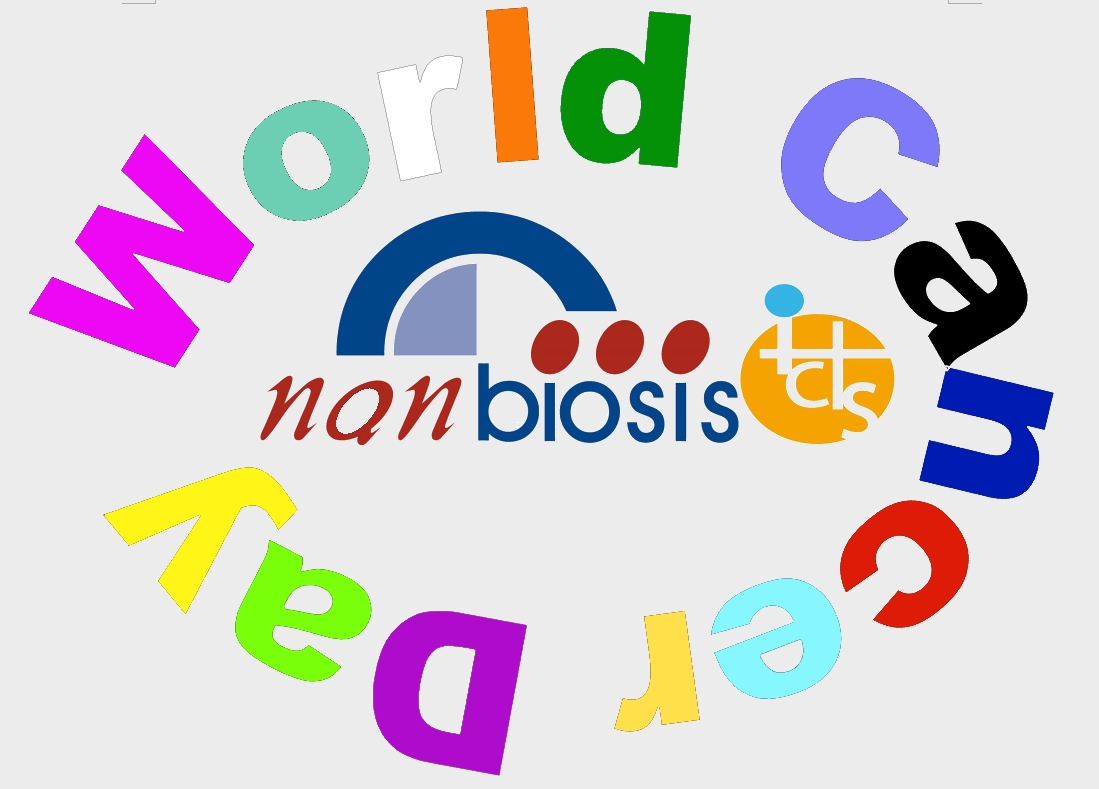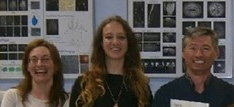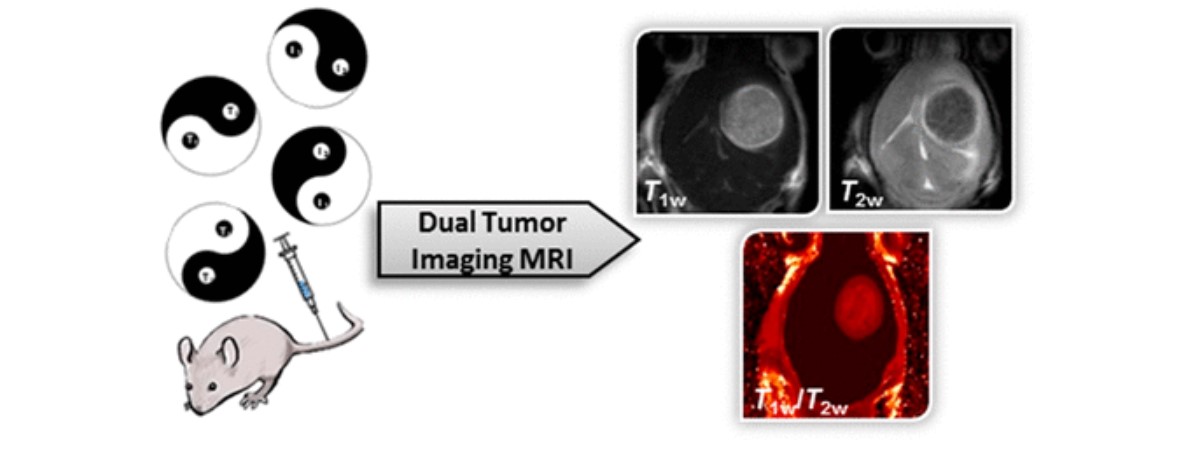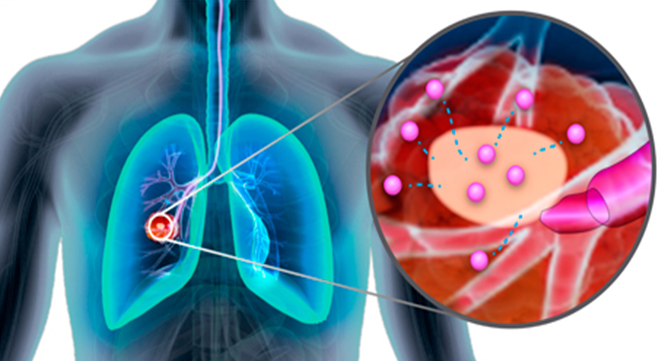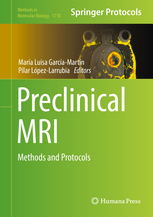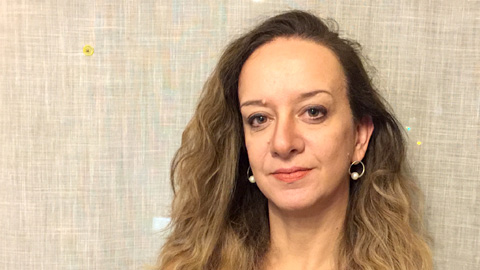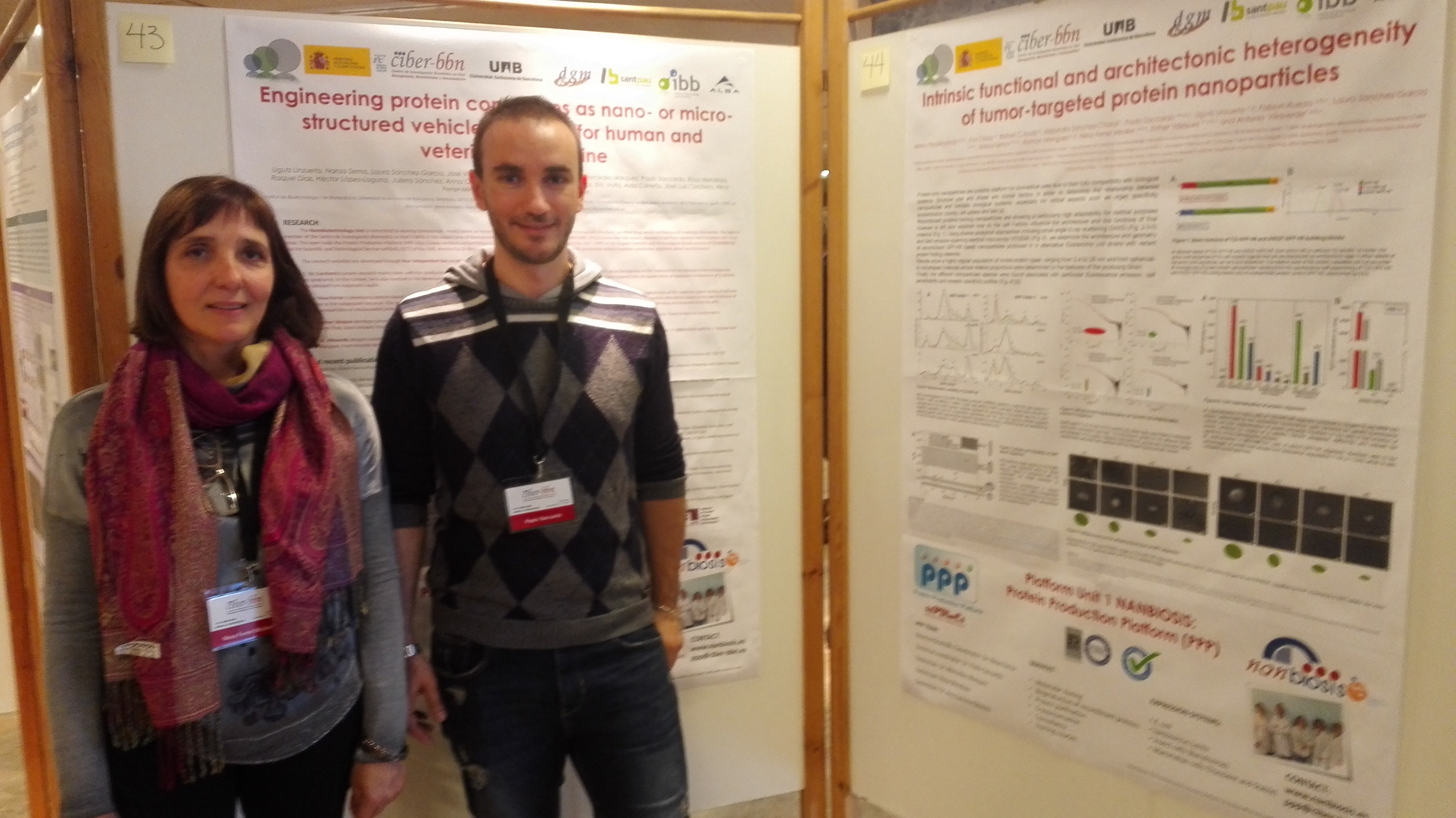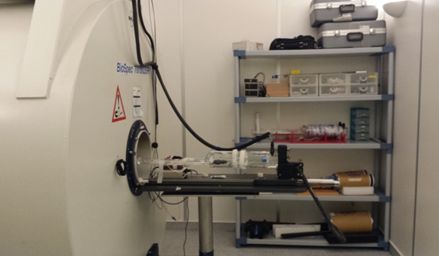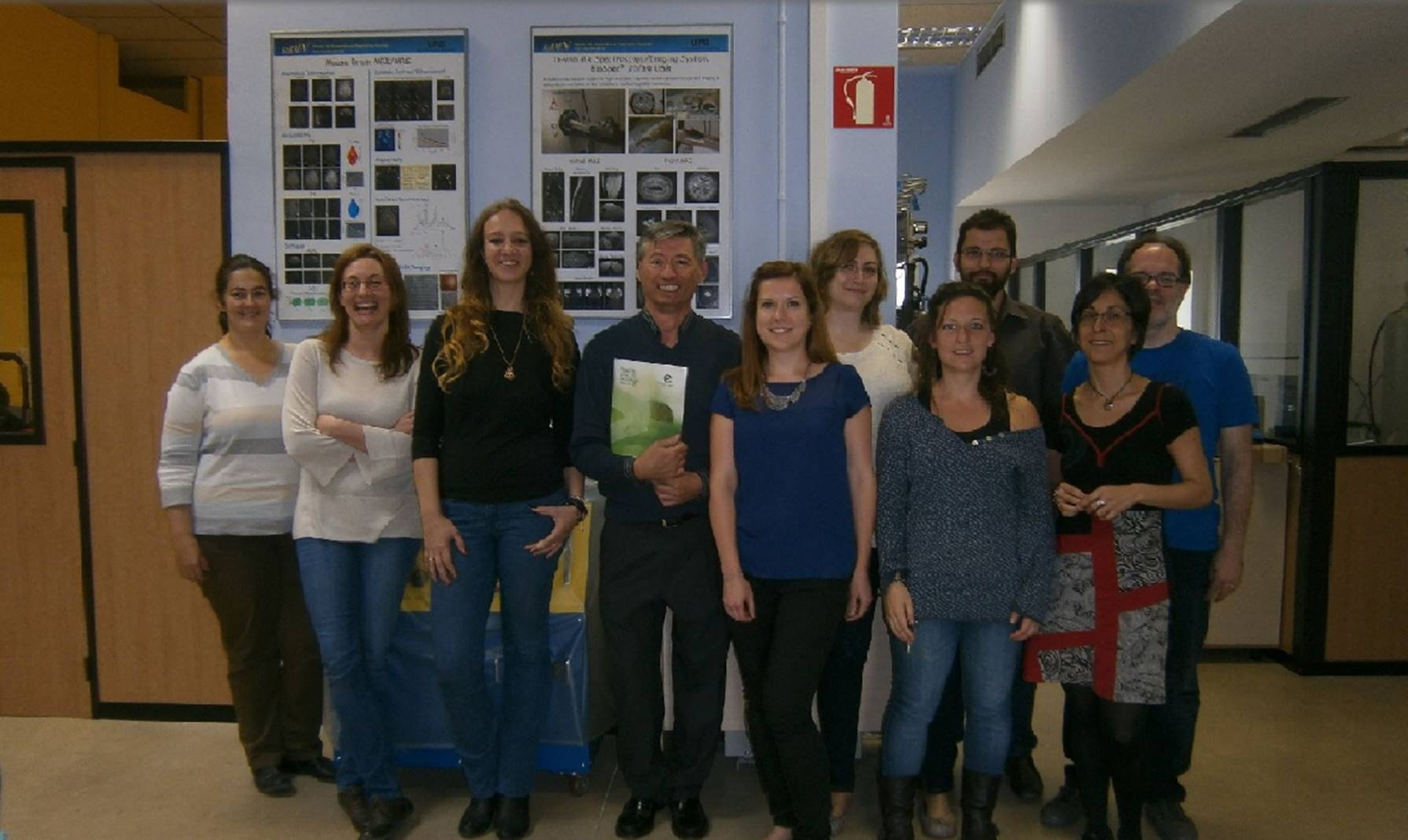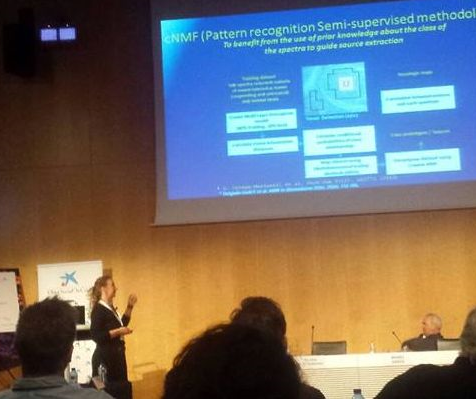NANBIOSIS Against Cancer
The World Health Organization, the International Cancer Research Center (IARC) and the International Union Against Cancer (UICC) celebrate February 4 of each year as World Cancer Day
Every year, 14 million new cases of cancer are diagnosed worldwide and the disease causes 8.2 million deaths.
Thanks to scientific research, great advances have been made in the fight against cancer. Through surgery, chemotherapy or radio therapy and, in the last 20 years, through immunotherapy, hormonal treatment or cell therapies, tools have been obtained to improve early diagnosis and treatments, increasing cancer survival by 20%.
The only way to understand cancer and, someday, eradicate it or eliminate the suffering and death due to this disease, is RESEARCH
NANBIOSIS as an ICTS (Singular Scientific and Technical Infrastructures) for biomedical research plays a very important role in the fight against cancer. Some examples are bellow:
Thanks to a coordinated action between units U1 of Protein Production Platform (PPP), U18 of Nanotoxicology and U29 of Nucleic Acid Synthesis, NANBIOSIS is developing nanopharmaceuticals with a high degree of efficacy for the treatment of metastases in colon cancer, by using of proteins with high specificity of binding to metastatic cells and a high degree of permanence in the blood flow, loaded with anti-cancer drugs that are selectively released inside the tumor cells that are going to form the metastases. Through the public financing of a NEOTEC project and a RETOS-COLABORACION and the company NANOLIGENT SL, the first antimetastatic drug on the market will be developed.
The Protein Production Platform-PPP collaborates with research projects whose objective is the development of new cancer therapies based on recombinant modular proteins with the ability to self-assemble. These multimeric complexes have shown, in animal models, a high stability in serum and an improved biodistribution compared to that observed with drugs for clinical use. These principles have been valued in different types of cancer, including colorectal cancer and breast cancer. The modular design of these constructions allows the incorporation or substitution of direct peptides and therefore they are presented as a transversal tool for more effective treatments against cancer. In addition, the PPP has served the Vall d’Hebron Institute of Oncology (VHIO) of Barcelona, the Josep Vilanueva group (CIBERONC) in the field of biomarker study and new targets associated with triple negative breast cancer (TNBC).
Unit 6 of NANBIOSIS Biomaterial Processing and Nanostructuring Unit is working on a project in collaboration with VHIR, financed by the Spanish Goverment and CIBER-BBN, for the development of a new nanomedicine for the treatment of high-risk neuroblastoma, one of the most frequent childhood cancers.
Unit 6 is also working on the project Artificial Lymph Nodes for Cancer ImmunoTherapy (ALYCIA) A project born of a initiative of CIBER-BBN/ CIBERONC to enhance scientific interdisciplinary collaborations between research groups working on oncology and nanomedicine. Researchers of unit 6 will develop Artificial Lymph Nodes (ALN) based on dynamic 3D scaffolds able to promote efficient ex vivo lymphatic cell expansion of relevant phenotypes. Such ALN represent a new approach to lymphocyte expansion, which not only includes artificial Antigen Presenting Cells in suspension like the state-of-the-art expansion techniques, but also mimics the function of the LN ex vivo.
One of the singular capabilities of the U25 of NANBIOSIS NMR: Biomedical Applications I is the acquisition of high quality, high resolution preclinical magnetic resonance imaging/spectroscopy/spectroscopic imaging data. This allows performing leading-edge studies in preclinical cancer models such as noninvasive therapy response follow-up in murine brain tumours, revealing new response biomarkers with translational potential for brain cancer patients.
NANBIOSIS U4 Biodeposition and Biodetection Unit is currently developing the national project PREDICT Point-of-care Nanoplasmonic Platforms for Novel High-Value Diagnostics and Therapy Follow-Up , which works in the early detection of lung cancer. PREDICT project will use the Unit 4 of Nanbiosis for the multiplexed biofunctionalization of the biosensor chips and their methodology optimisation.
Finally, Unit 20 of NANBIOSIS In Vivo Experimental Platform at VHIR, is the most implicated of the CIBER units on projects in the field of cancer, just to name some of them: H2020-NoCanTher: magnetic nanoparticles against pancreatic cancer through the use of hyperthermia combined with conventional treatment. H2020-Target-4-Cancer: nanotherapy based on polymeric micelles directed against specific receptors of tumor stem cells in colorectal cancer. H2020-DiamStar: nanodiamonds directed against leukemia for the potentiation of chemotherapy. FET-OPEN EvoNano: in silico and tumor-tumor models for the prediction of PK / PD and tumor efficacy of antitumor nanomedicines against tumor stem cells. FIS-ISCIII: polymeric micelles for siRNA and combined therapy against breast cancer tumor stem cells. CarboXigel: hydrogels for the sustained release of chemotherapeutic drugs against the metastatic spread of ovarian cancer. MelanoMir: nanomedicine applied to skin cancer, melanoma, beside other projects promoted by CIBER-BBN.
